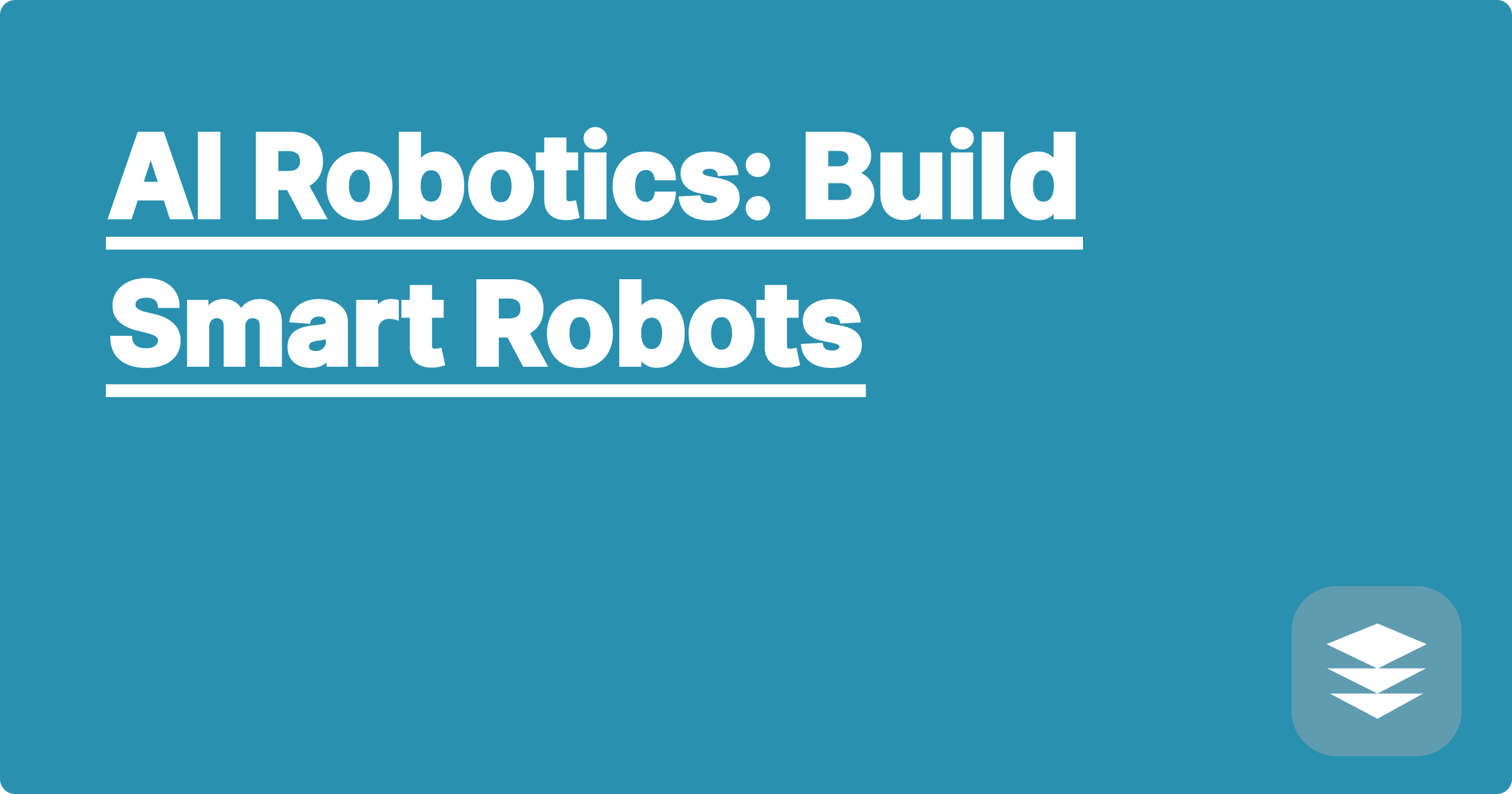
The world of STEM is exhilarating, pushing the boundaries of human knowledge and innovation. However, the sheer volume of information, the complexity of concepts, and the demanding nature of research can feel overwhelming. Imagine having a personalized AI assistant, a virtual partner in your academic journey, helping you navigate this complex landscape. That’s the power of AI robotics and the personalized tools we'll explore in this post. This blog post is your guide to leveraging cutting-edge AI tools, not just the familiar names like ChatGPT or Stable Diffusion, but also lesser-known, specialized AI assistants that can revolutionize your STEM learning and research experience. We'll delve into how these tools can streamline your workflow, boost your productivity, and ultimately, help you achieve your academic and career goals, particularly focusing on the concept of a Generalized Personal AI (GPAI) partner.
For STEM students and researchers, time is a precious commodity. Balancing coursework, research projects, lab work, and personal life can be a constant juggling act. Many students struggle with information overload, finding it difficult to sift through the mountains of research papers and data. Others find themselves bogged down by repetitive tasks, spending hours on literature reviews or data analysis. This is where the strategic use of AI tools can be a game-changer. By automating tedious tasks, providing personalized insights, and offering intelligent assistance, AI can free up your time and mental energy, allowing you to focus on the more creative and intellectually stimulating aspects of your work. This translates to not only improved academic performance but also a more fulfilling and less stressful academic experience.
STEM fields are inherently complex, demanding a deep understanding of intricate concepts and the ability to apply them to real-world problems. Students often face challenges in grasping these complex concepts, especially when dealing with abstract theories or intricate mathematical models. Research, too, is a demanding process, requiring meticulous data collection, analysis, and interpretation. Traditional methods of learning and research can be time-consuming and inefficient. For example, conducting a comprehensive literature review can take weeks, if not months, involving sifting through hundreds of research papers. Similarly, analyzing large datasets can be a daunting task, requiring specialized software and expertise. These challenges can lead to frustration, burnout, and even a sense of being overwhelmed, hindering academic progress and impacting overall well-being.
Imagine having a personalized AI assistant, a GPAI, by your side, ready to assist you with any academic task. This GPAI can be your personalized tutor, research assistant, and even a study buddy. It can help you create personalized study plans, summarize complex research papers, generate practice questions, and even provide feedback on your writing. Beyond GPAI, specialized AI tools can further enhance your STEM learning and research. Tools like Wolfram Alpha can assist with complex mathematical computations and provide step-by-step solutions. There are also AI-powered tools specifically designed for data analysis in various STEM fields, such as biology, chemistry, and physics. These tools can automate data cleaning, identify patterns, and even generate predictive models, significantly reducing the time and effort required for data analysis.
Begin by identifying your specific needs and challenges. Are you struggling with understanding complex concepts? Do you spend too much time on literature reviews? Once you've identified your pain points, you can start exploring the various AI tools available. Start with setting up your GPAI. This could involve using a combination of existing AI tools and customizing them to your specific needs. For instance, you could integrate a language model like ChatGPT with a task management tool and a note-taking app to create a personalized learning environment. Next, explore specialized AI tools relevant to your field. For example, if you're a biology student, look into AI-powered tools for analyzing genomic data or predicting protein structures. Begin by experimenting with these tools on smaller tasks and gradually integrate them into your daily workflow. Remember to critically evaluate the output of these tools and use your own judgment and knowledge to validate the results.
Consider a student struggling with understanding quantum mechanics. They could use their GPAI to generate simplified explanations of complex concepts, create practice problems, and even simulate quantum phenomena. For a researcher working on a drug discovery project, AI-powered tools can analyze large datasets of molecular interactions, identify potential drug candidates, and predict their efficacy. I personally used a combination of Wolfram Alpha and a specialized chemistry AI tool to analyze the results of a complex chemical reaction, saving me hours of manual calculations and allowing me to identify a key pattern in the data that I might have otherwise missed. This led to a significant breakthrough in my research and ultimately contributed to a publication.
Start by embracing a growth mindset and being open to experimenting with new tools and technologies. Don't be afraid to try different AI tools and find what works best for you. Develop a systematic approach to using AI. Integrate AI tools into your daily study routine and research workflow. Use your GPAI to create personalized study plans, set reminders, and track your progress. Remember that AI is a tool, not a replacement for human intelligence. Use AI to augment your abilities, not to replace them. Critically evaluate the output of AI tools and always use your own judgment and knowledge.
Finally, remember that the world of AI is constantly evolving. Stay updated on the latest advancements in AI and explore new tools as they become available. By embracing AI and integrating it strategically into your learning and research, you can unlock your full potential and achieve academic excellence. Don't just survive your STEM journey, thrive in it with the power of AI.
AI Physics Solver: Conquer Mechanics
AI for Circuits: Simulate & Design
AI Calculus Tutor: Master Integrals
AI Bio Data Analyzer: Research Made Easy
AI Robotics: Build Smart Robots
AI Stats Helper: Ace Your Exams
AI Math Solver: Problem Solving
AI Data Science: Analyze Big Data